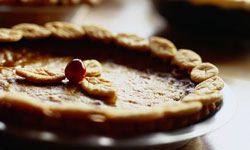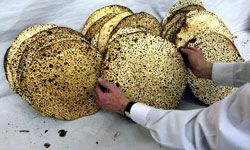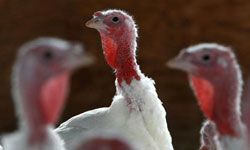During the holidays, families and friends tend to gather in one place -- around the dining room table. We catch up on each other's lives, toast the holiday with a clink of our glasses and then eat ourselves into a food coma.
With holidays come traditions -- dyeing Easter eggs, exchanging wrapped gifts, lighting the menorah -- and many of our holiday traditions center around food. Think about it. What's Thanksgiving without a turkey? Or St. Patrick's Day without corned beef?
Advertisement
Have you ever wondered why we eat certain foods on certain holidays? Keep reading to find out the stories behind 10 classic holiday foods. Now you'll have something else to talk about at the table -- instead of poor old Aunt Gladys and her 20 cats.





